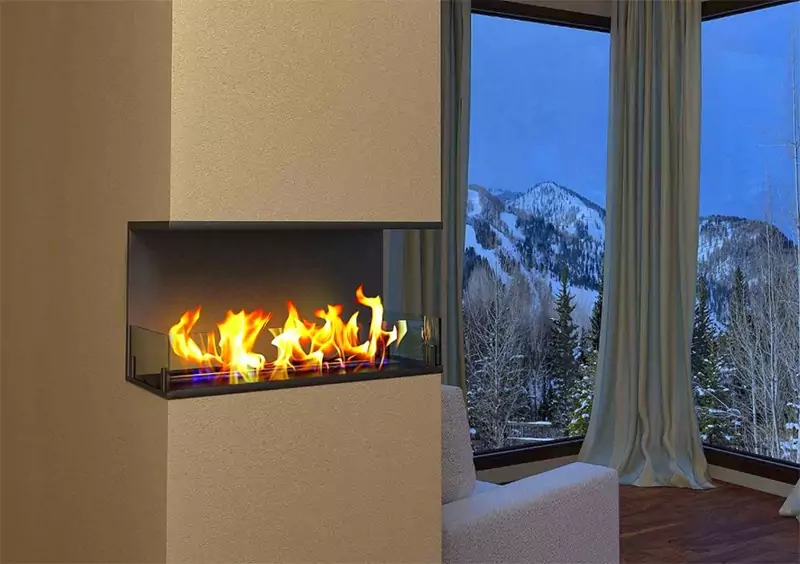It is not for nothing that fire is called living. This is the first element that man tamed, and since then we have been together for thousands of years, supporting each other. There is an opinion that you can look at the flames endlessly. It’s hard to argue with this, especially if you have a source of real fire at home – a regular or eco-fireplace. Not everyone can afford an ordinary fireplace, and installing one in an apartment is not so easy. But eco is not at all difficult. You can even make bio fireplaces yourself. And there’s no point in arguing that man’s first friend, living fire, changes the life of its owner.
What does a modern eco-fireplace mean?
A modern eco-fireplace differs from a conventional one in the most important way: the absence of wood fuel and a bulky design. What is a traditional stove or fireplace? This is a firebox with an exhaust hood and a smoke removal pipe. Firewood is used as fuel, and it produces a lot of smoke, sparks, ash, and soot. All this needs to be monitored and cleaned regularly. This is where the main advantages of an eco-fireplace are visible – the absence of all these nuances.
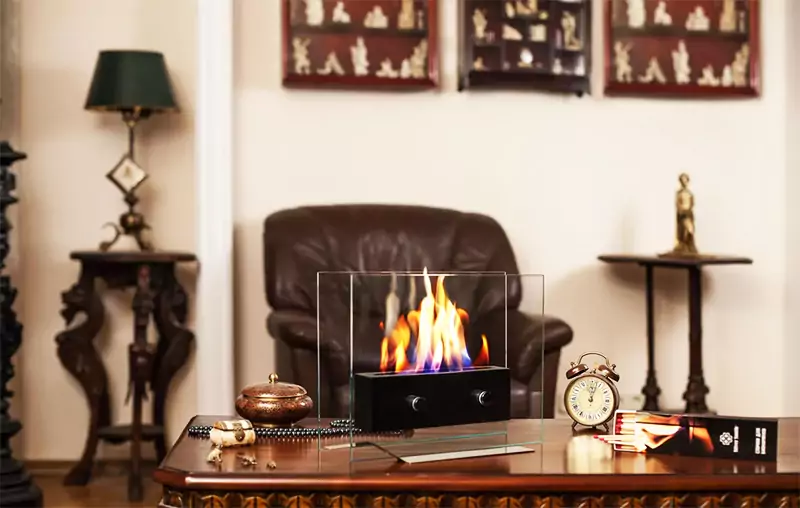
Design and principle of operation of a biofireplace
So, what distinguishes an eco-fireplace from a regular one and how does it work? What is its design and fuel type? Let’s start with the design of the device. It consists of two main parts: a fuel tank or block and the burner itself, usually decoratively designed.
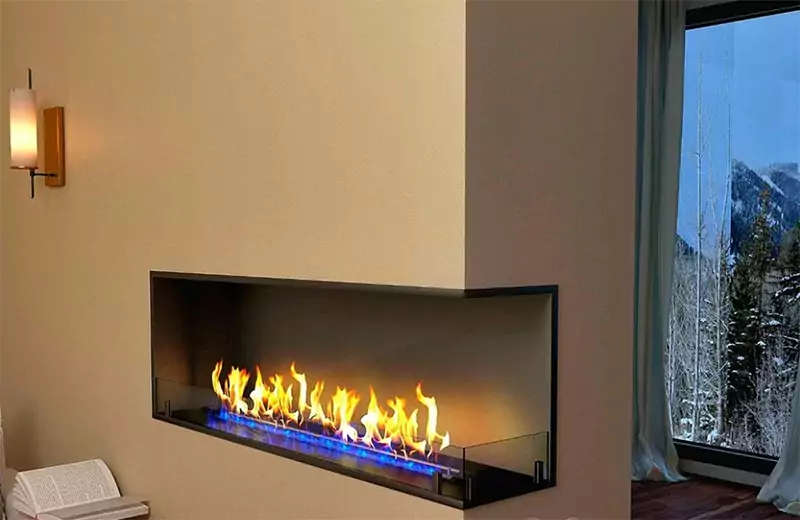
The tank has a closed shape, but there is a fire line in it – a hole through which fuel is refueled and ignited.
To control the size of the flames, eco-fireplaces have special equipment – a valve. This is a steel plate that slides in and out with a long handle. This way, the owner of the eco-fireplace will not burn his fingers and at the same time will be able to make the flames as large as possible or muffle them to a minimum.
Since eco-fireplaces run on liquid biofuel, there is always a risk that it will tip over and spill fuel. This is very dangerous, but the manufacturers thought of everything in advance. An absorbent material is immersed in the biofuel, which absorbs the fuel – and there is no risk of spillage.
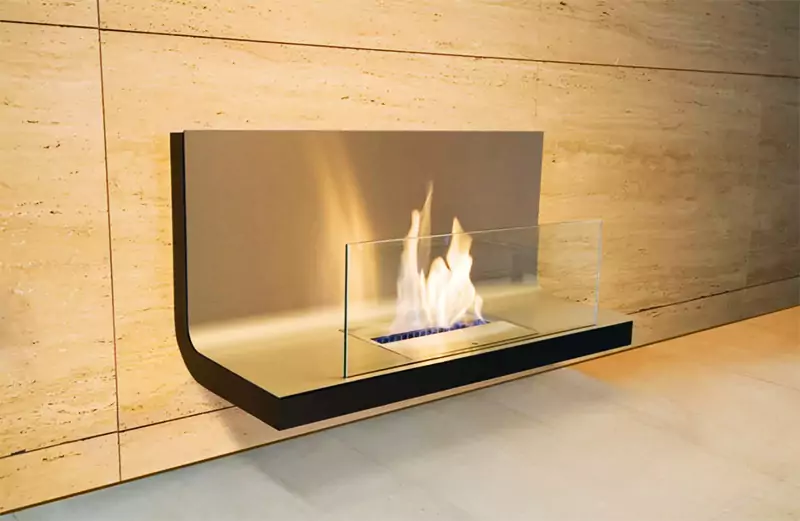
Returning to the fuel tank of the biofireplace, it should be noted that it is made of durable steel, which can withstand not only chemical exposure but also strong pressure and high temperature. High-quality models have not just a steel body, but a multilayer structure with excellent thermal insulation and fantastic reliability.
There are special indicators to monitor the contents of the fuel block in biofireplaces. They can be placed on the side or bottom of the device. The format of the indicator may also be different, but the task of all devices is to protect the device from fuel overflow. That is, the upper limit by which you will need to navigate is always indicated.
It is necessary to say something about the body of the eco-fireplace. This is a niche in which the fuel block is placed, and it also serves as a safe area for flames. There are cases made of metal with a heat-resistant coating or made of natural stone, which holds the temperature well. Protective glass can serve as additional walls for the body of eco-fireplaces.

What fuel is used in eco-fireplaces
Eco or bio – such prefixes for fuel labels are now in fashion. But not everything that has such designations will be safe and environmentally friendly. First of all, beware of counterfeits and cheap products – they are unsafe. Many manufacturers exploit these designations for additional profit.
Biofuel companies claim that they use environmentally friendly technologies and renewable natural resources to produce them. Simply put, biofuels are made from organic waste or plant components.
The main condition for compliance with the declared brand is the absence of harmful substances released into the atmosphere during combustion. It cannot be said that biofuel is completely safe, but it is for sure that it is the least harmful in comparison with other types of fuel.
There are three types of biofuel: biogas – gas for heating industrial facilities, biodiesel – for modern environmentally friendly cars, and bioethanol – liquid fuel for biofireplaces.
Why does biofuel have a special flame?
Pure alcohol (ethanol) when burned produces an almost imperceptible blue flame, which obviously will not please the eye and is not suitable for the decorative function of biofireplaces.
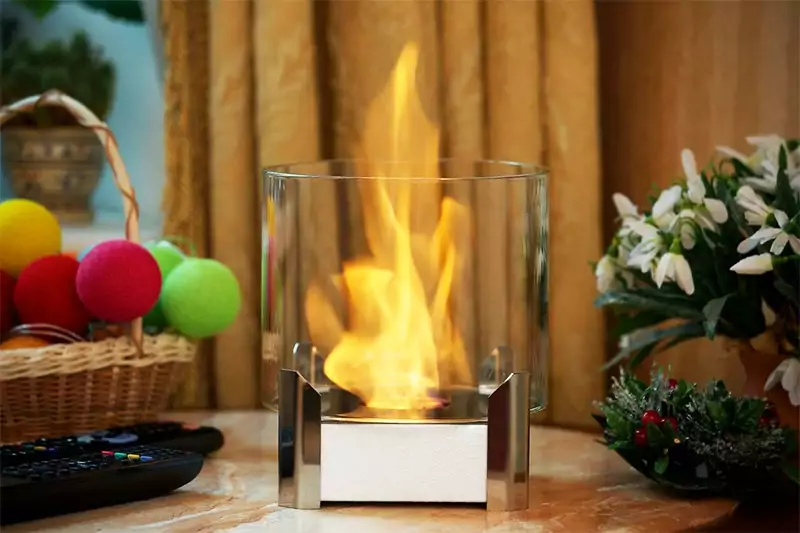
For eco-fireplaces, fuel is made from sugar or starch. The result is denatured alcohol that burns brightly and for a long time, but does not produce foreign odors, soot, or sparks. That is, there are practically no combustion products, which means there is no need for a powerful exhaust system. This option is perfect for a city apartment. And, importantly, when biofuel is burned, 60% of the heat from the chemical reaction remains in the room, that is, eco-fireplaces heat the room, although, of course, not as efficiently as heating radiators. And yet, for the sake of your safety, the room in which the eco-fireplace operates must be regularly ventilated.
The heat transfer of a biofireplace can reach 95%, and this is a very impressive result even in comparison with conventional fireplaces and stoves.
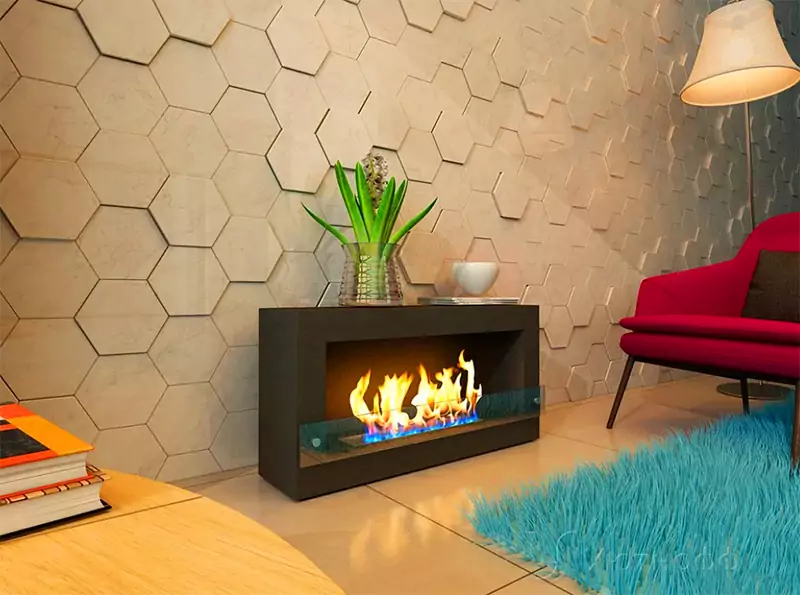
Considering that the main composition of biofuel is ethanol, there is always a danger that someone will use alcohol for another purpose. To prevent poisoning, bitter additives are added to the fuel for eco-fireplaces, which make it unsuitable for ingestion. The additive is called Bitrex and has such a bitter taste that it can instantly cause vomiting.
There are fuels with fragrances on sale, but usually, such a product contains such an excess of aromatic components that you have to ventilate the room more than once to get rid of the obsessive smell.
Sea salt is also sometimes added to biofuels. When heated in an open flame, the salt crystals begin to click, and you get a sound similar to the crackling of firewood.
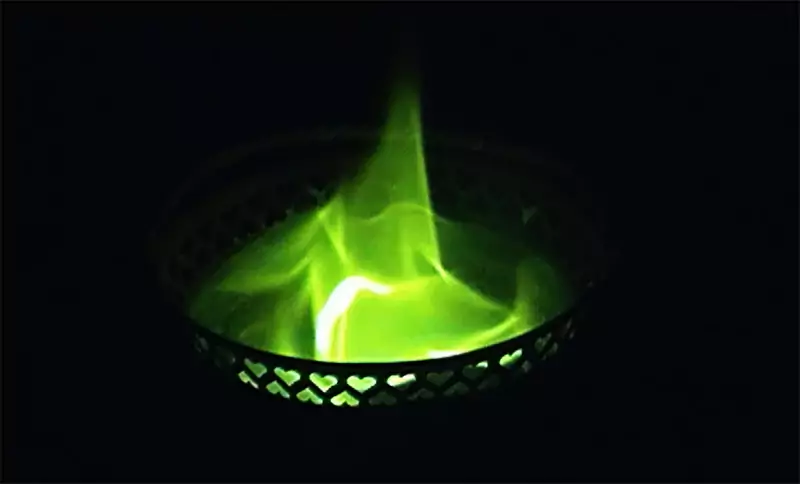
Container, purpose, and cost of biofuel
Biofuel is sold in containers of different capacities: from 20 to 1 liter. The capacity of the fuel block rarely exceeds 2 liters, so it makes sense to buy large volumes only as a reserve. You can easily calculate the required amount of fuel, taking into account the fact that one tank is enough for an average of 5 hours of continuous operation.
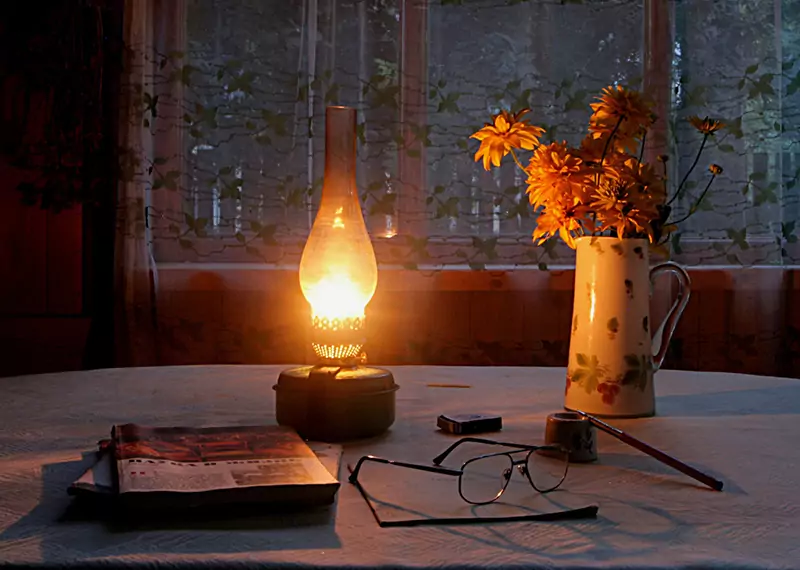
Varieties of eco-fireplace models
Types of eco-fireplaces differ in location. There are devices with floor, table, and wall placement. Some models are built into the wall, fill a corner space, or hang from the ceiling.
How to choose an eco-fireplace for your home and apartment
A variety of models allows you to choose what you need. You can be limited only by finances and living conditions, nothing more.
Built-in eco-fireplaces are mounted in wall niches or even furniture facades. It’s safe. To be built into MDF furniture, you just need to choose models with a multi-layer fuel tank, which practically does not heat up during operation.
